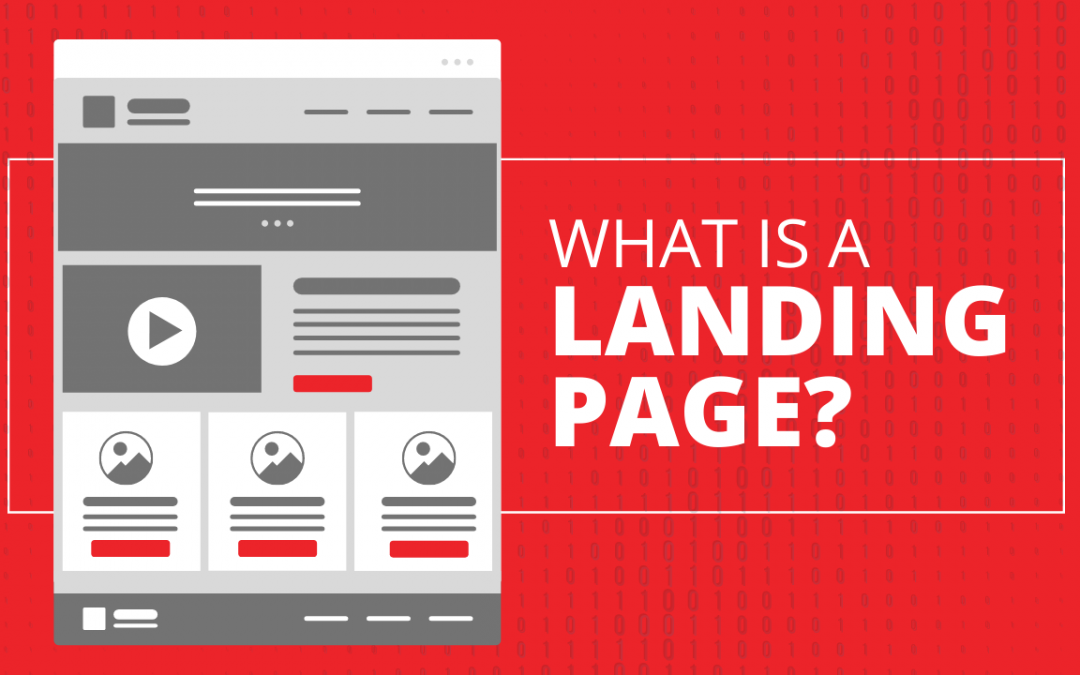While websites are important to every business, whenever you’re looking to encourage a user to take a specific action, that pulls them to a new stage of the marketing funnel, it is crucial to develop a landing page specific to that goal.
Landing Pages can be used to:
- Offer free downloadable content
- Promote new product launches
- Sign up for events
- Share a promotion or sale.
Landing Page vs. Website Pages
Landing pages are single pages that work alone. These pages typically are not connected to other parts of the website and are built to drive traffic for a very specific goal. Landing pages allow us to be free from distraction and laser-focused which has the advantage of capturing leads at a higher rate than regular web pages.
Meanwhile, your website is a set of interconnected pages that explain your business as a whole. These pages focus on what your business is, what it sells, what services it offers, and so much more.
Key elements of a landing page
Landing pages should always contain a few core elements:
- Brand recognition – Your logo should be front and center.
- Headline – In marketing terms, a Unique Selling Proposition (USP) which is a headline that explains exactly why the user is on the page.
- The Offer – Provide details on the offer such as features and benefits. Be sure to keep this clear and concise.
- Visuals – Providing multimedia, graphics or imagery that provides context and compels the user to take an action is ideal. A little goes a long way! Do not clutter your page – keep it clean and minimalistic to be more effective.
- Call-to-action (CTA) – This should be a button placed at least once on the page. It should guide the user to take action. Utilize colors to make the CTA button stand out.
- Examples: Learn, Subscribe, Download, Register, Purchase, Call Now, Request a Demo
- Social Proof– Including social proof in the form of testimonials, reviews, awards etc. will increase the trust between you and the user which will ultimately persuade the user further to take action.
Understand Your Audience
An important, if not the most important, element of a landing page is understanding your goal and your audience. This will guide the messaging of the entire landing page. It will guide the visuals, the CTA, and the value that what you are offering serves.

